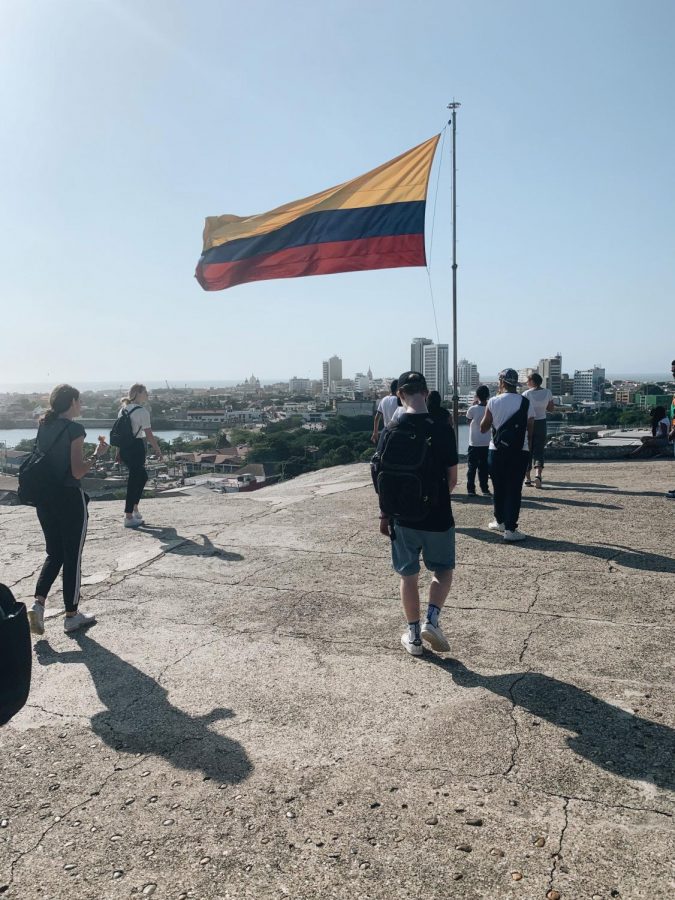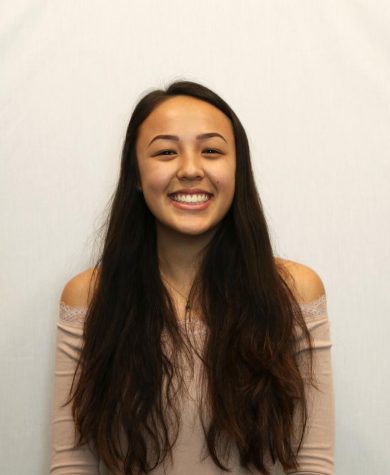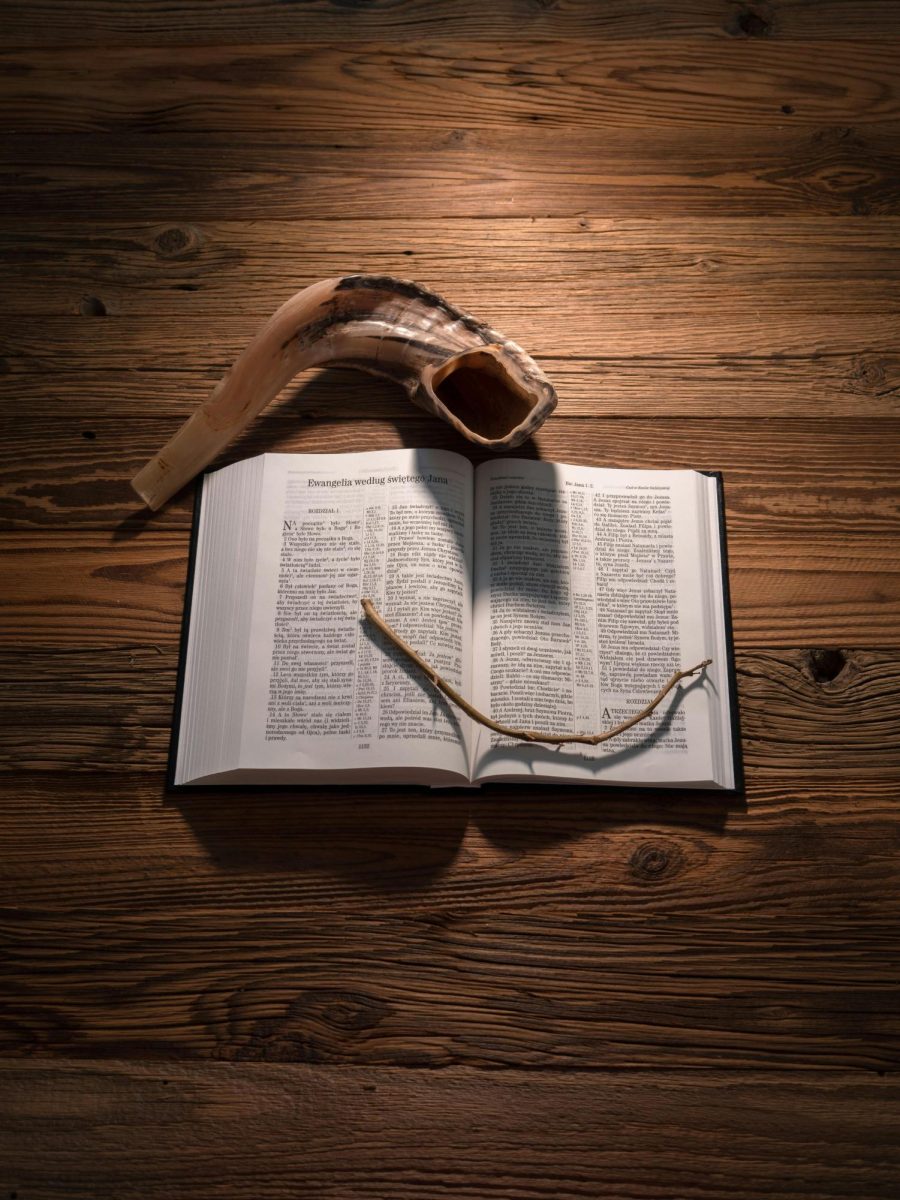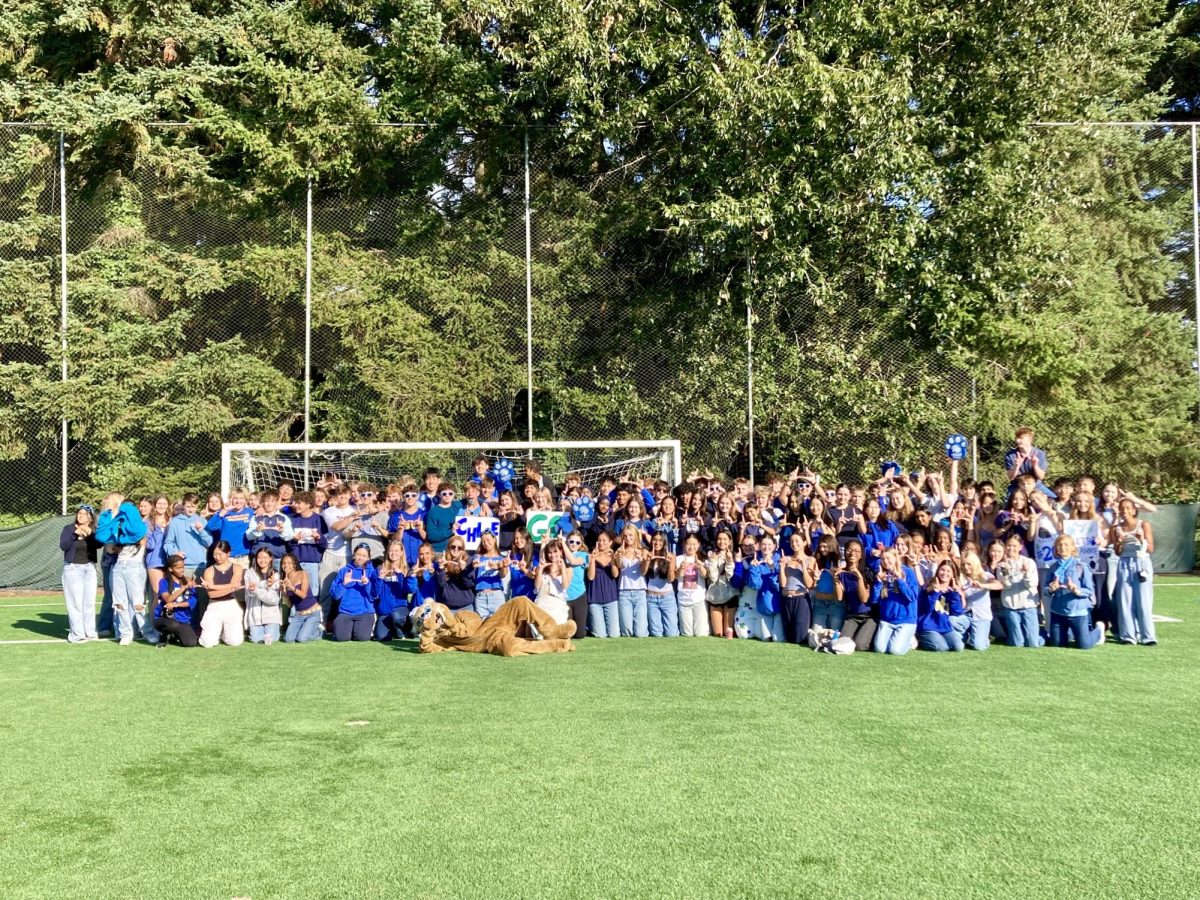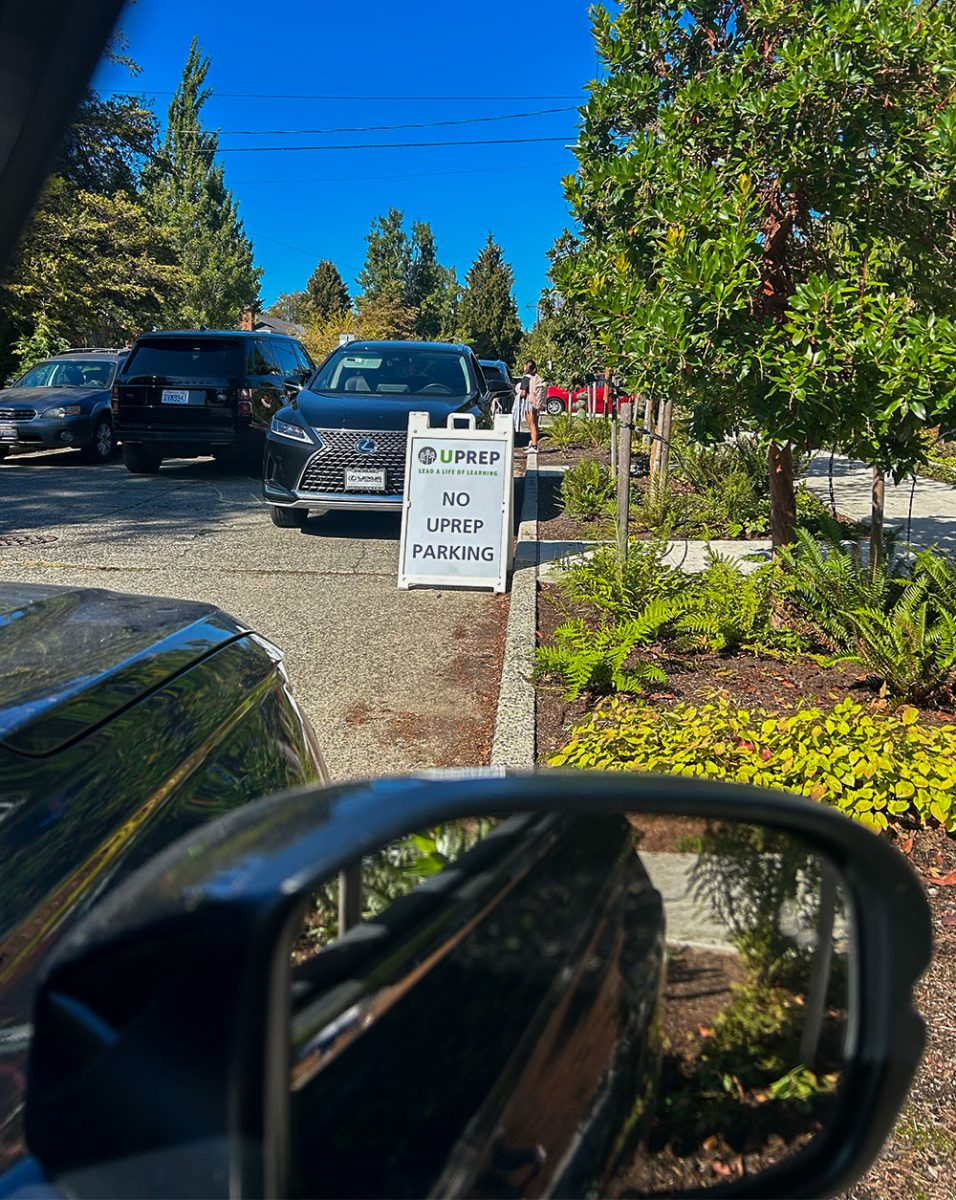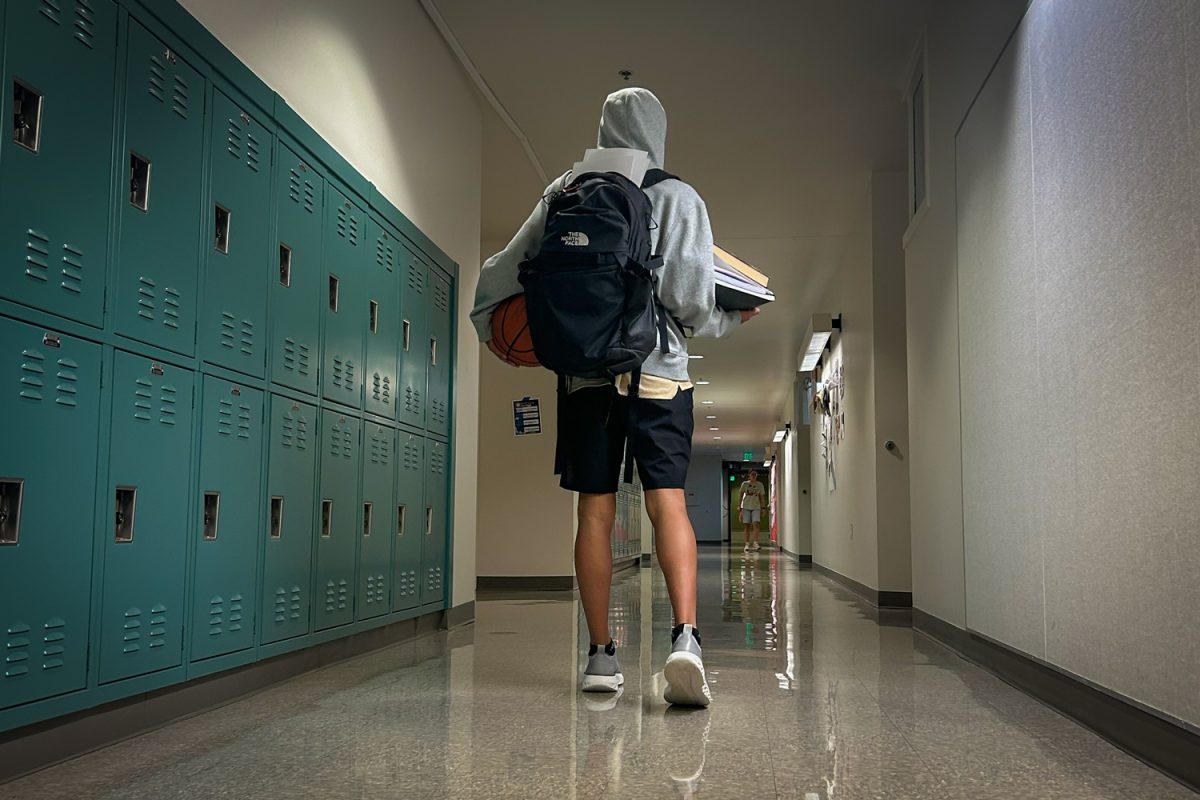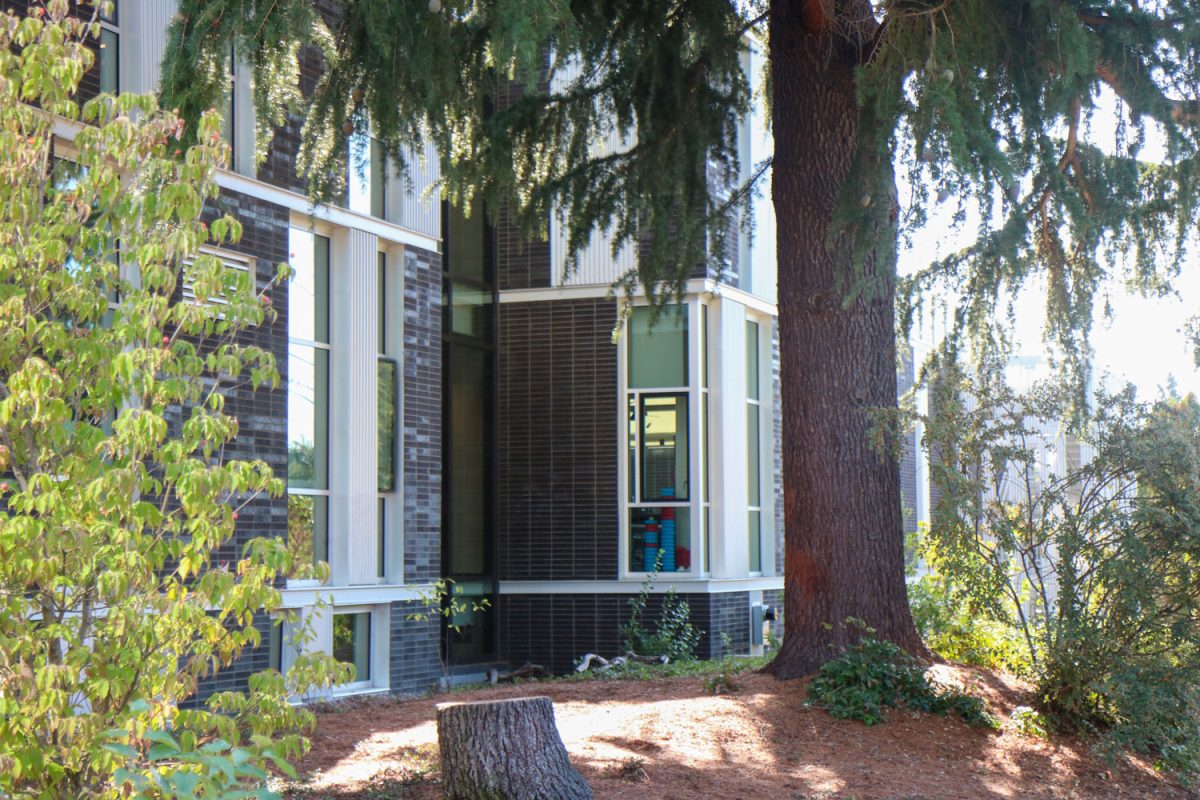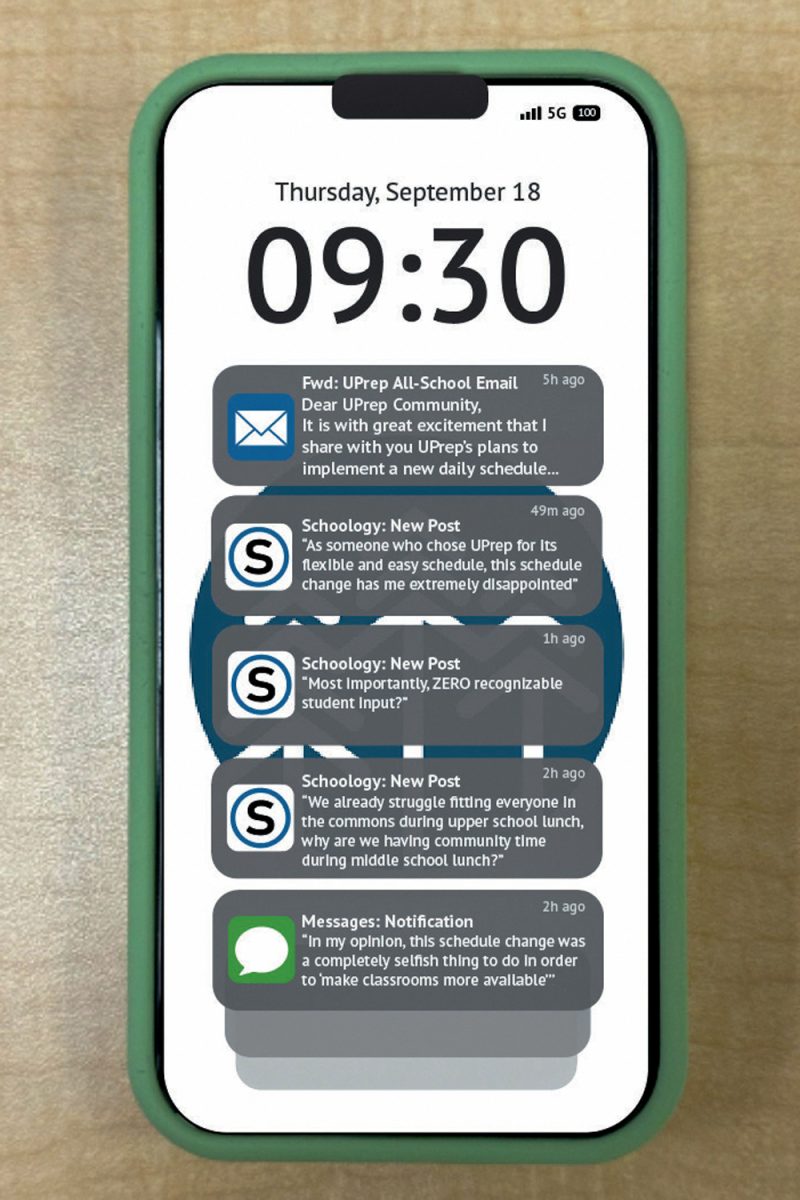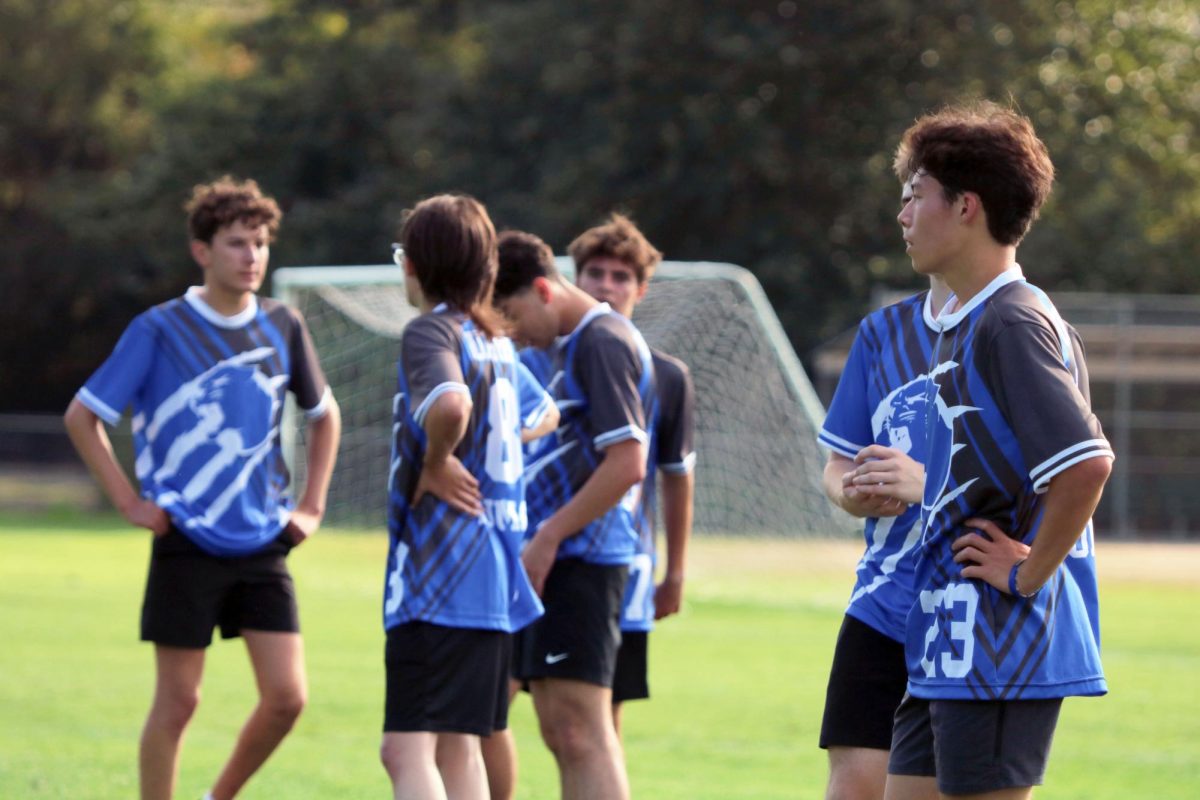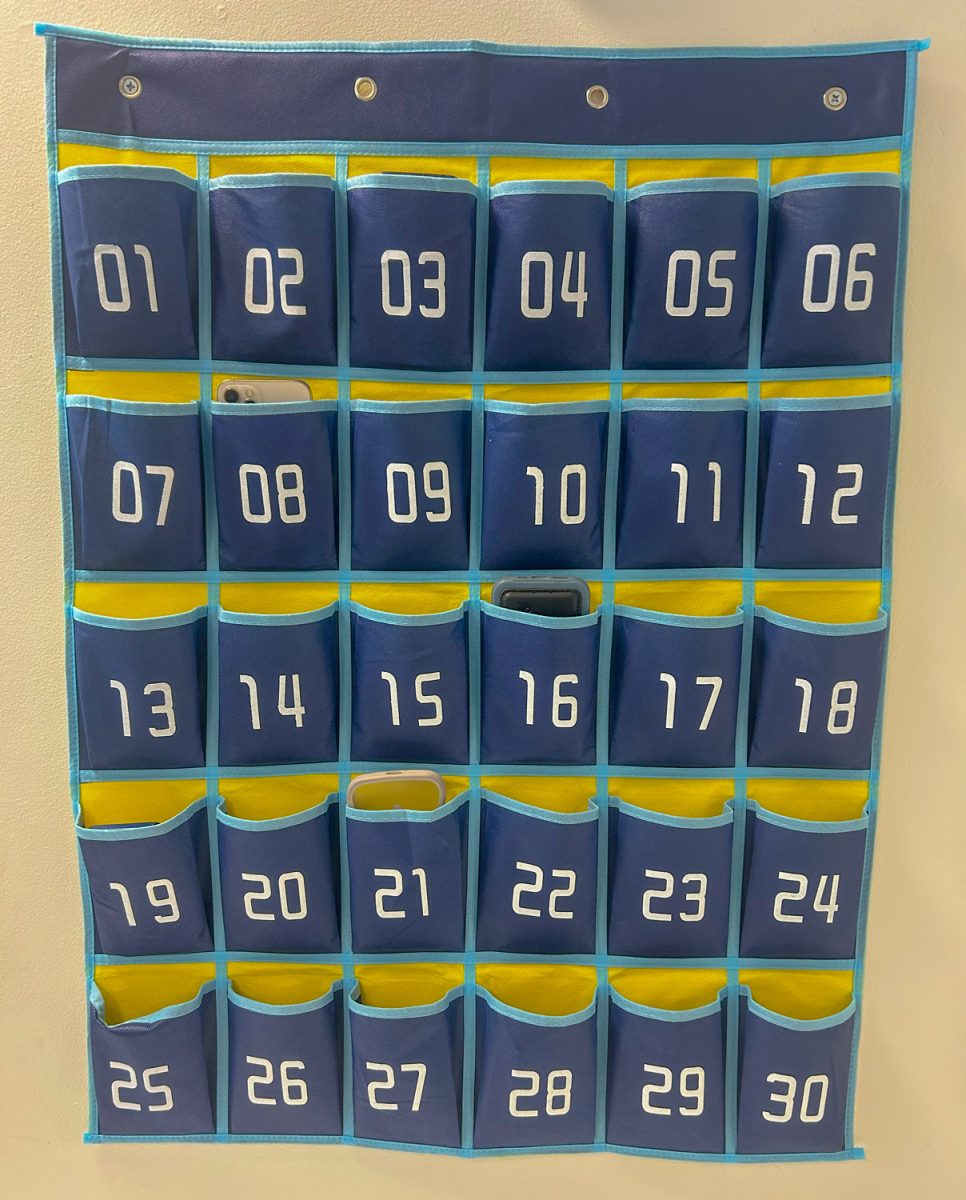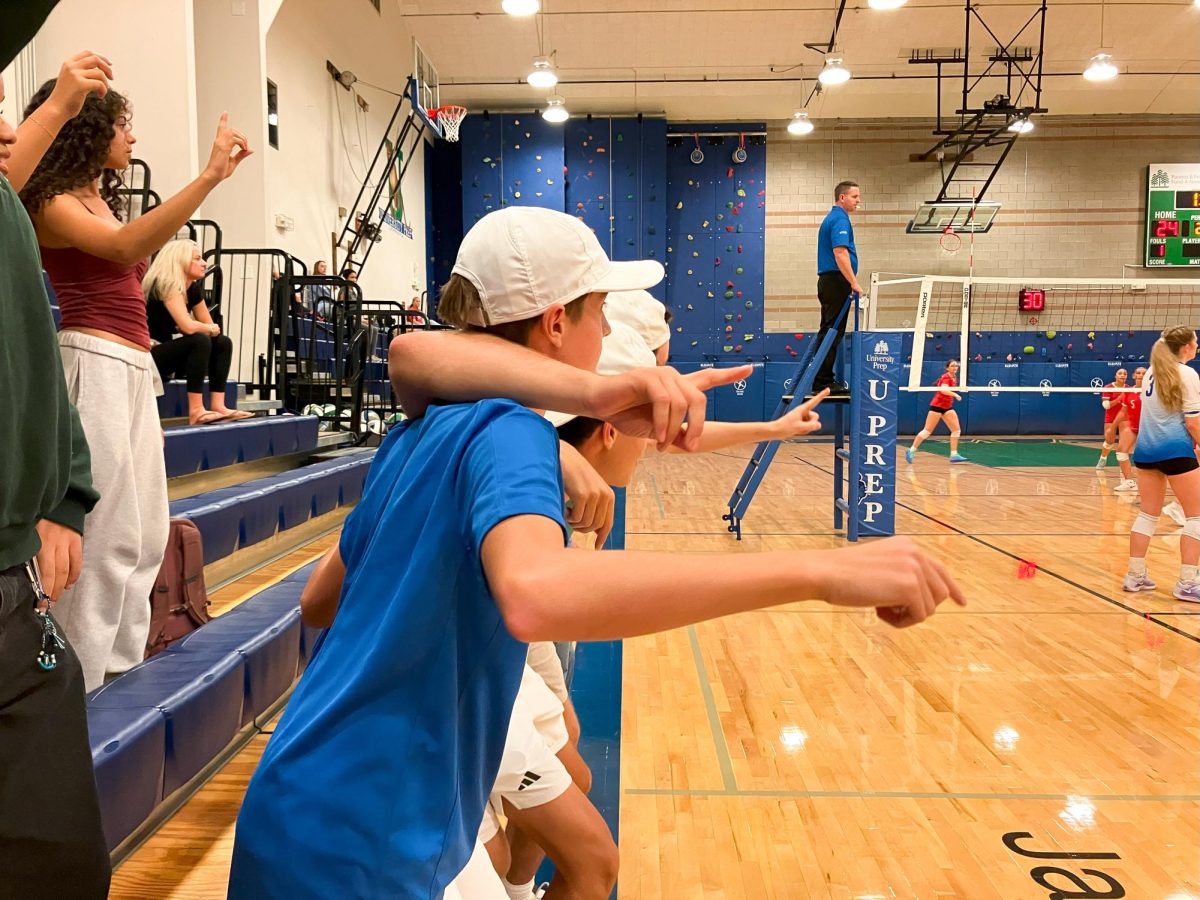Trying Something New
March 4, 2019
With round one of intensives under their belts, University Prep students have had some time to reflect on their experiences. Intensives provided an opportunity for students to experience an alternative approach to education — one that values learning opportunities beyond a perpetual cycle of busy work and high-stakes assessments.
Assistant Head of School for Academics and Strategic Initiatives Richard Kassissieh, who spearheaded the curriculum change, explained why UPrep transitioned some classes to a new format.
“We recognize that going from class to class — four classes a day, 70 minutes each — works for some kinds of learning and not for others,” Kassissieh said. “Intensives are an opportunity to learn in a different way, where you really get to focus in depth in one subject area.”
Overall, having the opportunity to focus on one class — regardless of topic — was less hectic. According to a survey conducted by The Puma Press, 75% of students reported having decreased stress levels, compared to normal semesters.
“I’m proud of the school for being willing to innovate, to think about the most powerful way to learn,” Kassissieh said.
Justicia Social en el Mundo Hispano:
The Justicia Social en el Mundo Hispano intensive gave UPrep Spanish students the opportunity to study social justice in a foreign country. Students enrolled in this course took a semester class to learn about various issues facing Colombia and spent the intensive period in Barranquilla, Colombia, fully immersed in their culture.
“The goal of this intensive is to mesh the cultural immersion program that Global Link has been running with opportunities for language immersion,” Director of Global Programs Brian Gonzalez said.
While UPrep has led Global Link trips to Colombia previously, intensives offer a new way to approach the trip.
“Ms. Tello and Ms. McGrath and a few of us sat down and decided to pilot a return to Colombia under the new intensive program, where students took a Spanish class [during the semester] and then spent two weeks in Colombia practicing their Spanish, learning about social justice, and having a really great experience,” Gonzalez said.
During their time in Colombia, students learned about women’s rights and visited San Basilio de Palenque, the only community of formerly-enslaved people who were able to maintain their African culture in Colombia.
In addition to exploring the cultural aspects of Barranquilla, students were able to spend time with their host families, whose children attend Colegio San José.
“My favorite part was easily the friends that I made in Colombia, because they were all so nice and so excited to have us there,” senior Sarah McCall said.
Looking forward, Gonzalez is excited about the Global Link opportunities that have opened up by implementing intensives.
“The intensives give us a really cool opportunity to integrate the Global Link program into academic courses,” Gonzalez said.
Environmental Ethics and Advocacy:
The Environmental Ethics and Advocacy intensive allowed students to partner with organizations involved in environmentalism, something that wouldn’t have been possible without the addition of intensives.
Senior Isayas Bikila chose to work with the Tulalip Tribes, spending the majority of his time installing elk traps for tracking purposes that allowed the organization to monitor the elk’s movement habits.
“This [project] helped me understand the amount of work people are putting into helping the environment and protecting these species that could potentially become endangered,” he said.
Junior Azita Shirinzadeh worked at Harborview Medical Center to learn about environmentally conscious healthcare policy.
“I didn’t know the healthcare industry is the second largest producer of greenhouse emissions and waste,” Shirinzadeh said. “Healthcare is supposed to protect us from disease and illnesses, but if their waste isn’t properly taken care of, it can end up in our water streams.”
With her mentor, Shirinzadeh visited clinics away from Harborview to complete waste assessments. Additionally, she had the opportunity to participate in the hospital’s environmental efforts, creating a display on the importance of properly sorting and disposing waste.
“I built a poster that [taught] people in the hospital where to put their waste,” she said.
This intensive allowed Shirinzadeh to combine her passion for environmentalism with her interest in healthcare.
“I’ve always wanted to go into helping kids — like pediatric health — and this was a little different, but it was really insightful and gave me a new perspective,” she said. “In my future, I want to work on combining the healthcare industry and environmental work, and channeling our efforts into improving each other’s health, but also our planet’s health, because they’re one and the same.”
Painting:
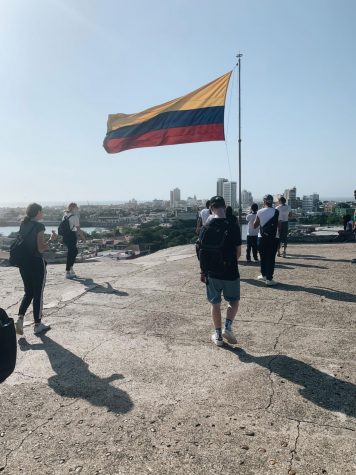
xThe Justicia Social en el Mundo Hispano class in Barranquilla, Colombia during their intensive.
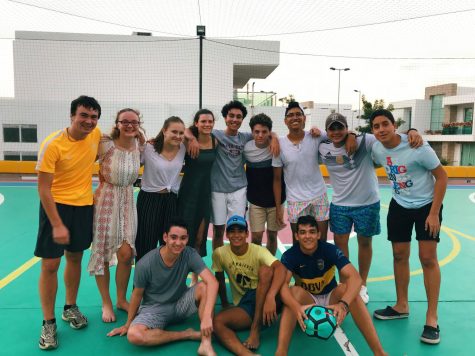
The Justicia Social en el Mundo Hispano class with students from Colegio San Jose during their intensive.
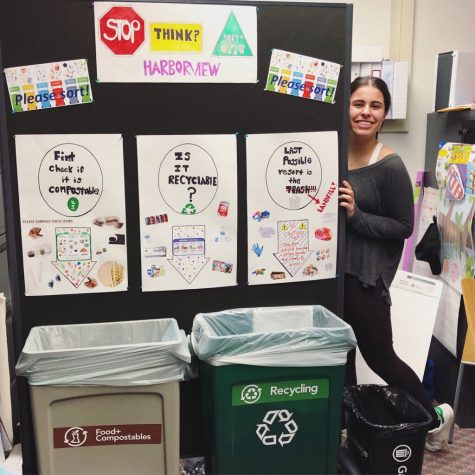
Junior Azita Shirinzadeh at Harborview Medical Center with her display on how to properly dispose of waste.
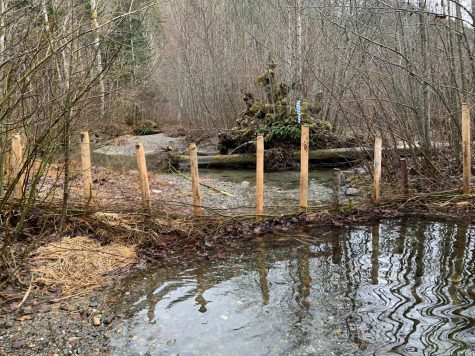
Senior Isayas Bikini spent his intensive analyzing wildlife habitats with the Tulip Tribes.
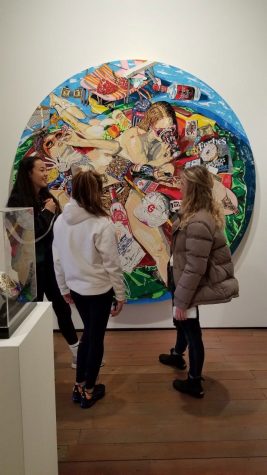
[Left to right] Senior Jade Buchanan-Moh, Maddie Lafreniere and Patience Probst discuss Anthony White’s piece.
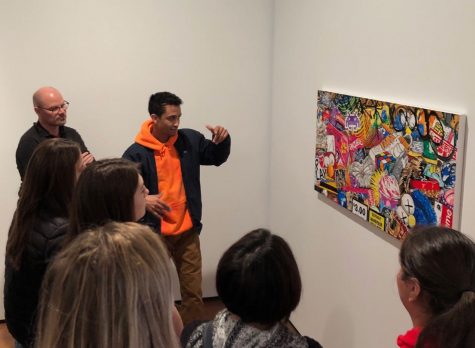
The Painting intensive speaks with local artist Anthony White at the Greg Kucera Gallery.
Students in the Painting intensive had the opportunity to refine their technique, as well as visit local museums, galleries and art studios.
“My favorite part was being able to devote that much time to painting because it’s something that I really enjoy but don’t get to do much at home,” junior Paige Welikson said. “It was nice to be able to have a lot of time to develop my ideas and skills.”
Transitioning the class into an intensive “made it possible for students to find their own way pretty quickly,” fine arts teacher Ty Talbot said.
“After the first couple of days, we got to do individual work, which I was happy about. Then it was up to us how we wanted to [structure] our time,” Welikson said.
In addition to working on their own pieces, students had the opportunity to view a variety of other artists’ work.
“I knew I wanted to have us talk to professional artists either in studio spaces or in gallery spaces,” Talbot said of his course planning process.
At the Greg Kucera gallery, students heard from local artist Anthony White, who graduated from Cornish College of the Arts last spring.
“We lucked out with Anthony White,” Talbot said. “That doesn’t usually happen — you go to a gallery, and the artist who’s in the gallery shows up to talk to you.”
“That was some of the coolest contemporary art I’ve seen, and for it to be from someone who’s really close in age to us and see how successful he’s been was really awesome,” Welikson said.
Not only did this intensive provide students with the opportunity to sharpen their skills and explore new methods of creating art, but it added fresh flavor to a class that Talbot has been teaching for years.
“In some ways, it was the most fun I’d had teaching in years,” he said. “It was like my job was new again, and that I didn’t expect.”

